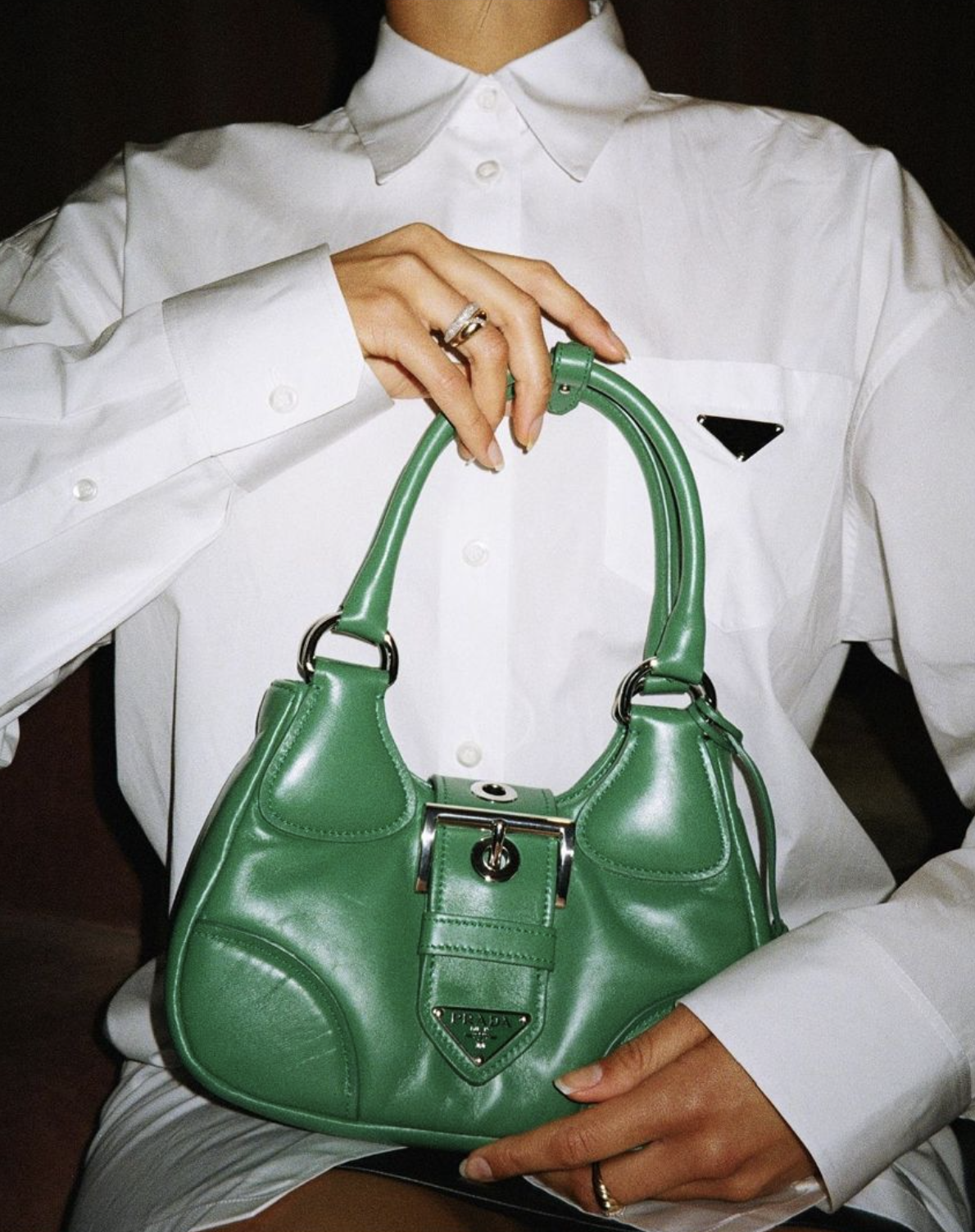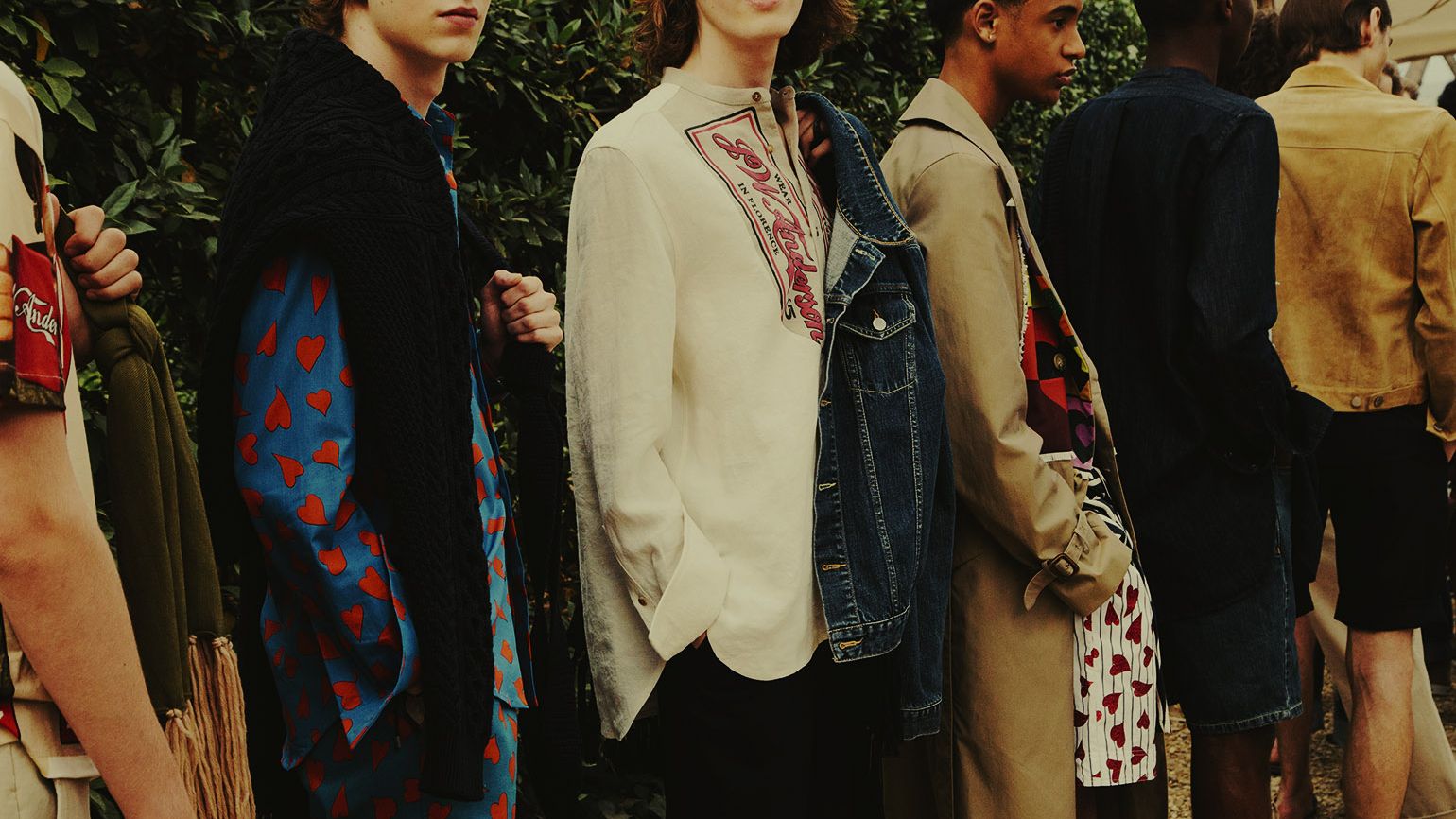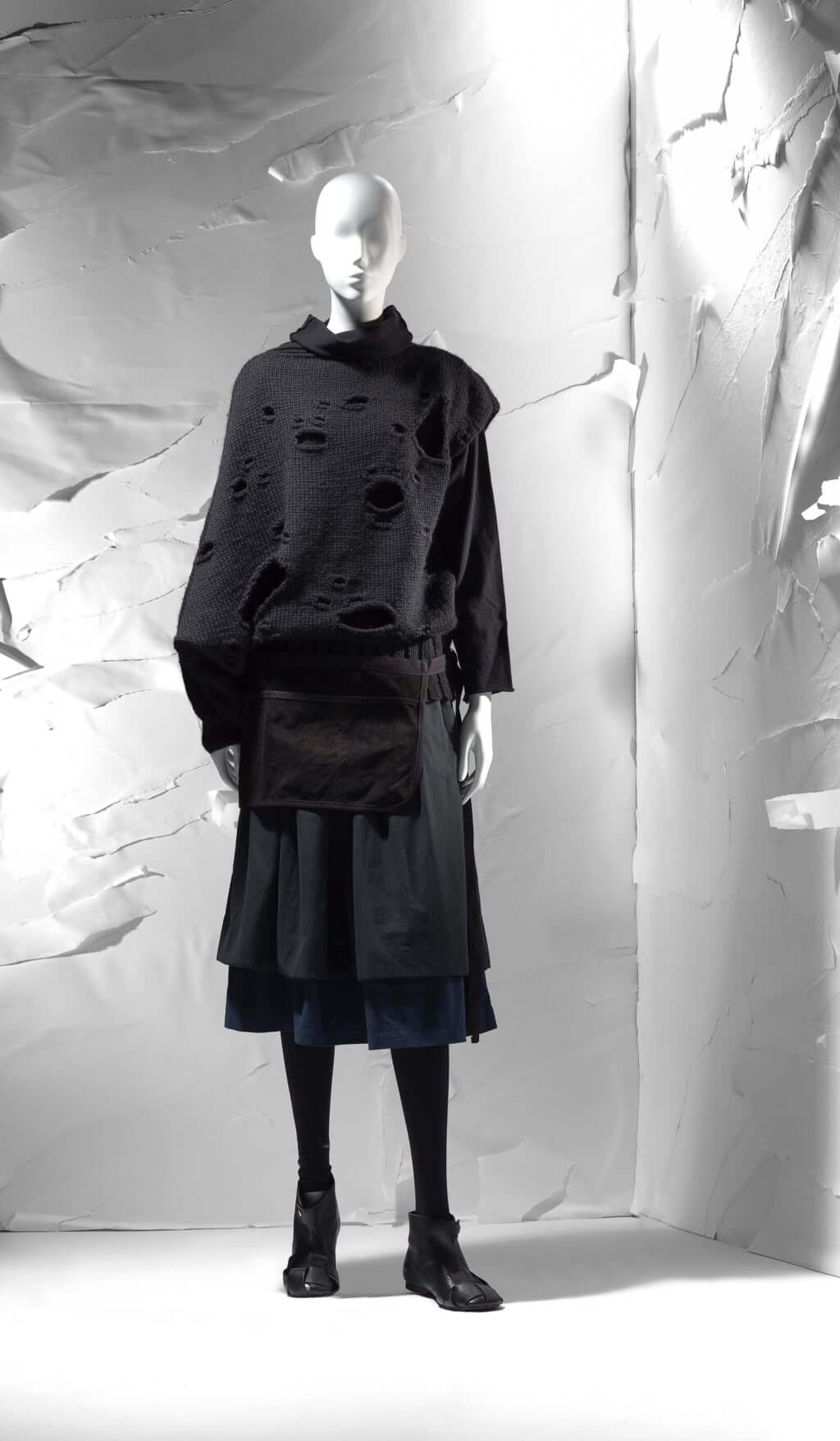Yves Saint Laurent is recognized as a profoundly influential personality in the annals of fashion. His professional journey, which commenced in his adolescence and quickly gained prominence throughout the 20th century, was characterized by a continuous defiance of norms and a redefinition of how apparel interacts with gender, cultural identity, and individual style. His groundbreaking contributions have left a lasting legacy, not just as fleeting trends but as fundamental changes that continue to shape the fashion world.
Redefining Feminine Form with Masculine Elements
One of Yves Saint Laurent’s most notable contributions was the artful introduction of masculine tailoring into womenswear. By 1966, debates abounded over traditional gender codes in attire. Saint Laurent disrupted this discourse with Le Smoking, a tuxedo suit designed expressly for women. This elegantly tailored ensemble was subversive—combining satin lapels, sharply defined shoulders, and a slim silhouette that blended power with sophistication. Rare for its time, Le Smoking signified liberation, offering women a sartorial alternative to dresses, asserting an empowered sense of self.
Saint Laurent’s adoption of gender fluidity shaped later fashion currents, establishing a path for future generations of creators to challenge and deconstruct strict gender divisions. This enduring impact is evident decades on, ranging from Giorgio Armani’s renowned power suits to modern investigations by designers like Hedi Slimane and Phoebe Philo.
The Saint Laurent Rive Gauche Boutique: A Ready-to-Wear Transformation
Fashion prior to the 1960s followed the haute couture paradigm, primarily serving an exclusive clientele. Yves Saint Laurent’s groundbreaking move to introduce Rive Gauche in 1966 marked a significant shift. This establishment was the inaugural ready-to-wear boutique launched by a couture designer, and its strategic placement on Paris’s Left Bank underscored its approachability. He made high fashion accessible to a wider audience by offering inventive, desirable creations—such as safari jackets, peacoats, and trench coats—without sacrificing excellence.
The success and allure of Saint Laurent Rive Gauche validated the concept that fashion could be egalitarian, reshaping the entire industry. The fusion of creativity and commercial viability set a precedent for designers worldwide, catalyzing the rise of the modern ready-to-wear business model.
Worldwide and Creative Influences: Blending Cultures in Fashion
A distinctive feature of Yves Saint Laurent’s body of work was his profound connection to various cultures and artistic currents. During the late 1960s and 1970s, the fashion world was predominantly focused on Paris, with minimal consideration for global inspirations. Saint Laurent courageously departed from this norm. His collections found their muse in Morocco’s vivid colors, the grandeur of Russian art, and the dynamism of Sub-Saharan Africa. The 1967 African collection was particularly notable for its incorporation of raffia, wooden beads, and unusual textures, thereby questioning the Eurocentric notions of extravagance.
His profound appreciation for exquisite art also found expression in his clothing designs. Garments directly alluded to renowned artists like Piet Mondrian, exemplified by the iconic Mondrian dress (1965), which masterfully blended color-blocked geometric sections into a striking, wearable creation. Later homages to figures such as Van Gogh, Matisse, and Picasso established a conversation between heritage and novelty, art history and high fashion. These pivotal collections broadened the scope of what fashion was capable of conveying.
Exploring the Impact of Color and Material Innovation
Saint Laurent was equally revolutionary in his use of color and textiles. In an era dominated by monochrome and muted palettes, he provocatively embraced bold, saturated colors: vivid reds, electric blues, lush greens, and radiant golds. His use of transparent fabrics—such as chiffon or organza—proposed a new vision of allure, balancing sensuality and sophistication without vulgarity.
Moreover, he often blended luxurious and humble materials, placing expensive silk or intricate embroidery alongside practical cotton or denim. This fusion not only challenged traditional class distinctions in clothing but also highlighted the artistic capabilities of common textiles within high-end fashion.
Reimagining Iconic Female Archetypes
Saint Laurent’s collections routinely drew from archetypes to craft new identities for women. The safari jacket (1968), inspired by menswear and colonial adventure, became a urban icon after being modeled by actress Veruschka. The peasant blouse and Russian Collection (1976), with its rich brocades, fur trims, and folkloric details, paid homage to Slavic traditions yet felt contemporary and modern.
He also revitalized the little black dress, trench coats, and even the application of smoking jackets, guaranteeing these items transformed into essential components of stylish, practical attire.
Mainstreaming the Concept of the Modern Muse
The term muse became inextricably linked with Yves Saint Laurent. He fostered genuine, collaborative relationships with a diverse set of women: from the statuesque Betty Catroux and bohemian Loulou de la Falaise to the enigmatic Talitha Getty and actress Catherine Deneuve. Each muse became a co-creator in shaping garments that mirrored their lifestyles, blending high glamour with real world sensibility.
This approach of close collaboration blurred the boundary between creator and wearer, championing the notion that personal style ought to be a conversation between designer and individual.
Societal Repercussions and Lasting Legacy
Yves Saint Laurent’s progressive outlook incited conversation on topics well beyond clothing, from women’s emancipation to cultural appreciation and the politics of taste. Many of his innovations—once controversial—are now foundational in the modern conception of style. Designers across generations invoke his legacy when navigating the interplay of tradition, subversion, and authenticity.
His pioneering spirit did not merely alter hemlines or silhouettes; it reimagined the very context in which fashion operates. The boundaries he crossed—between genders, cultures, art forms, and classes—continue to challenge and inspire, asserting that true innovation is as much about opening doors as it is about what walks through them.







